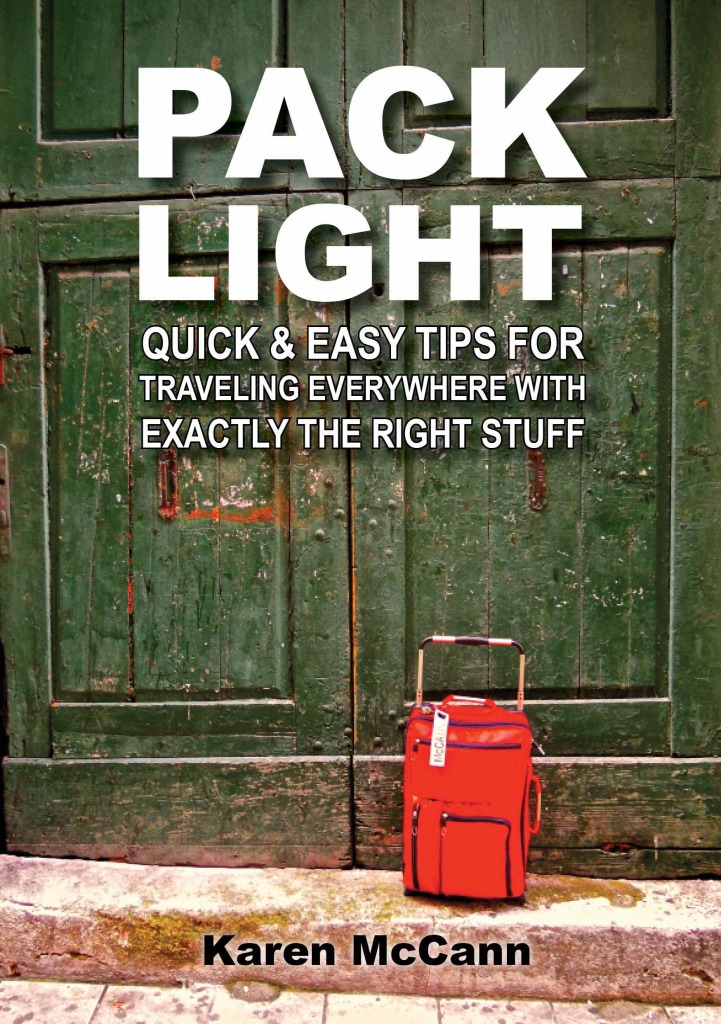We’ve all been there: you’ve arrived at a new place for a holiday and for those first few days you have no idea where anything is or what you can do every day. Even with smartphones and apps, many of the world’s most touristed cities have long histories, and their historic centers are laid out in a haphazard fashion. I’ve got very little common sense, but my sense of direction is about as keen as my nose trained to sniff out azahar in the spring. Even ‘ditching the guide book and wandering’ is difficult for me because of my ability to always have my bearings!
When my mom came to visit on her own in 2013, I handed her a map and my keys and lent her my bike. She called a few hours later, trapped on a small street and no idea where she was. I didn’t even need to google – she was only a few blocks away – but I clearly didn’t inherit my sense of direction from her. To ensure that you make the most of your trip I’ve compiled a couple of handy tips about navigating a new place:
1. Research the Area
Perhaps the most important part of any trip, planning ahead and researching the area that you’re going to can help you map out a destination. See what there is to do, where sites are located and how easy things like museums, shopping districts or other holiday hotspots are to get to by walking or public transportation.
More often than not, the majority of attractions tend to be within walking destinations of a lot of town centers. Occasionally you may need to get a bus or train, so be sure you’re up to date on times and where you need to get off. After all, the last thing you want is to board the wrong bus or train and end up somewhere you can’t get back from. This happened to me on my first trip to Granada, and my friend and I ended up in a seedy area of town, thankfully finding a cab in a time before Uber and making on the last train back to Seville just before the doors closed.
2. Bring a Map
My first stop in any new place is a tourism office to pick up a map. I sometimes don’t even unfold them, but prefer to keep them as a souvenir.
If you’ve got a smartphone, it’s even easier to download maps and save locations on apps, so investing in a map or something that contains a real-time display of your location like a portable Sat-Nav or even a smartphone with a Google maps app is a great idea. That way you can make sure that you find what you’re looking for relatively easily without wandering around for hours to hunt down that museum or restaurant that you want to visit. If you’re worried about wi-fi, save screenshots of places you’ll be visiting.
3. Don’t Be Afraid to Ask For Help
Never be afraid to ask the locals for help, more often than not most people will happily point you to where you want to go.
In the event that you’re visiting somewhere that doesn’t have English as the native language, just make sure that you either know enough of the language to get by or you have a phrasebook handy, or head to a hotel or tourism office. In a more memorable episode, some friends and I were turned around in rural Romania and had gone nearly an hour without seeing another human being. We pulled into someone’s farm, knocked at the door and used a map and some wild hand gestures to find our way to Botiza!
4. Open a PayPal Account
The worst thing that can happen to you when you’re visiting somewhere is to either run out of money or have it stolen from you. So a good tip is to always have some way to finance yourself in the event of this happening, or if you need to catch a cab or train. There are a number of different ways you can keep on top of your cash when you’re abroad but by far the easiest one is to open a PayPal account.
Having a PayPal account means you can have someone transfer cash to your bank account that you can then either withdraw from a local machine or use to make a credit or debit card payment. Or if you prefer to travel light, you can use PayPal to make contactless payments using their app on your mobile – even rail giant Renfe is accepting PayPal as a form of currency!
5. Be a Proper Tourist
Don’t be afraid to do look like a proper tourist, try boarding one of those buses or trams that take you on a guided tour of the area. Doing this will allow you to learn about the area you’re in quickly as they tend to circle around the main tourist attractions and areas that visitors will enjoy seeing. Also, it lets you figure out how easy various places are to get to.
You can also try picking up pamphlets from hotels or public information areas as these tend to have a small selection of places you can take a look at or options for getting around, like taxi numbers or a list of bus and train stops. Tourism is alive and well in Spain, so you won’t look too out of place!
Do you have any tips about how to navigate new places, or any good stories about getting lost? Share them in the comments!
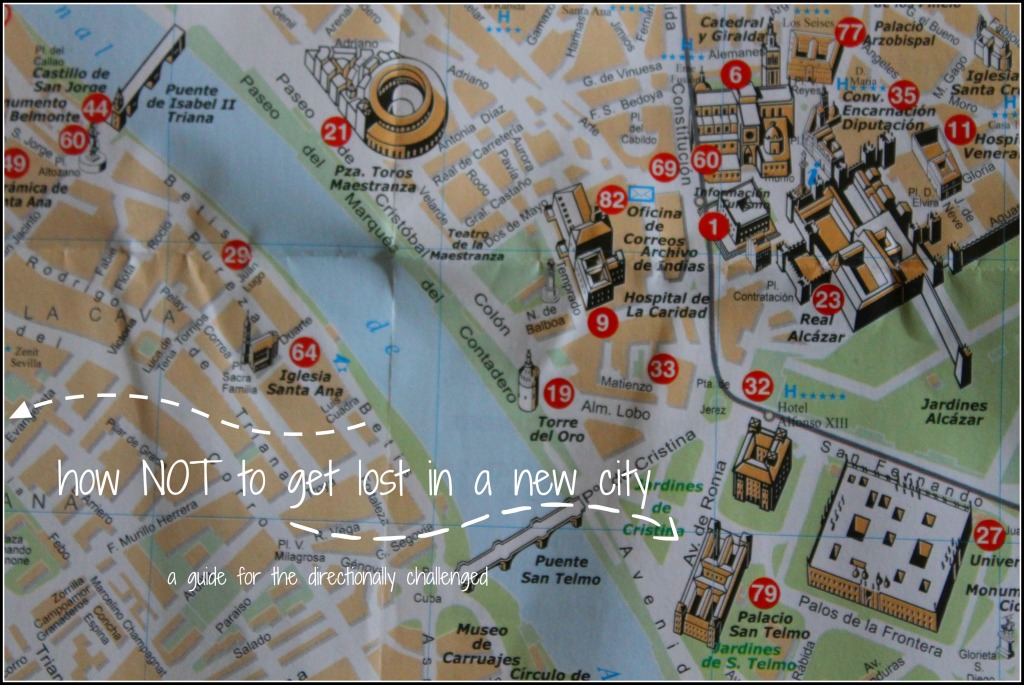
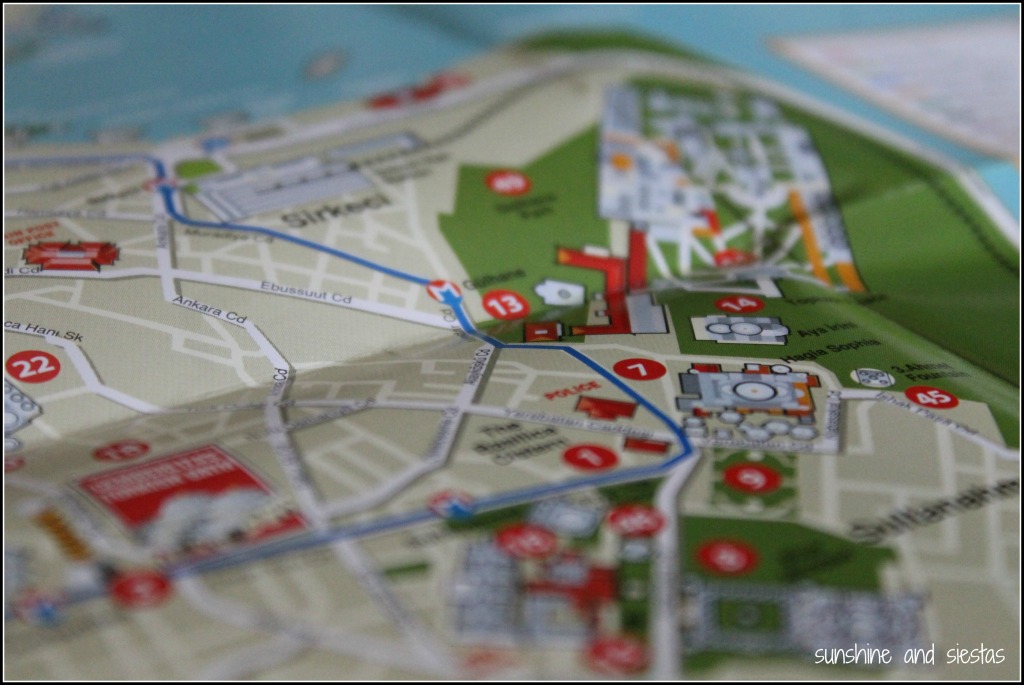
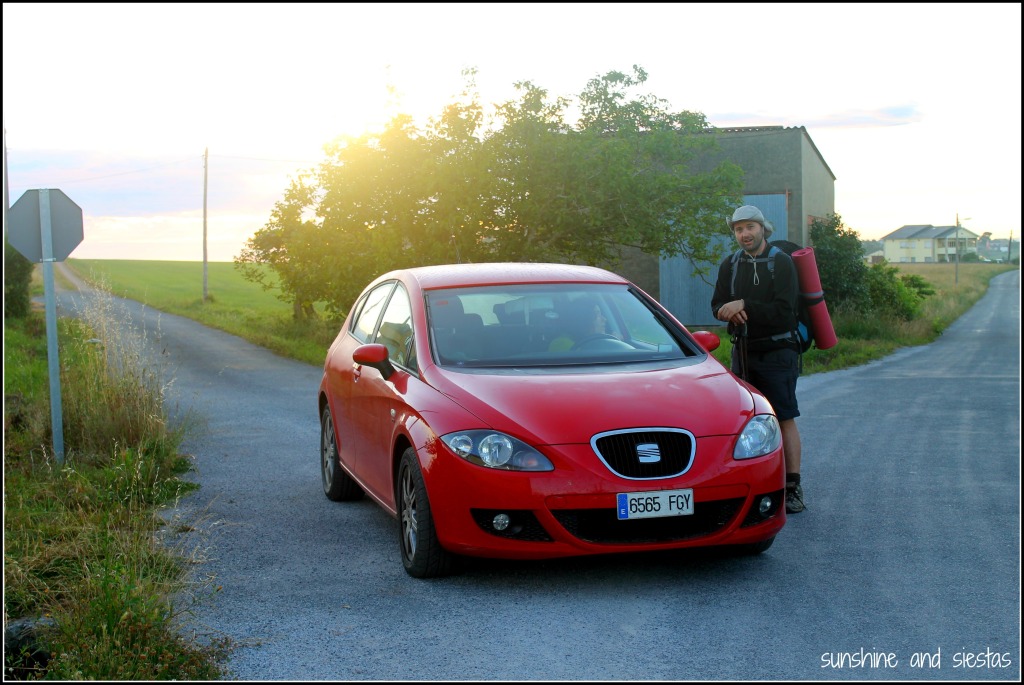

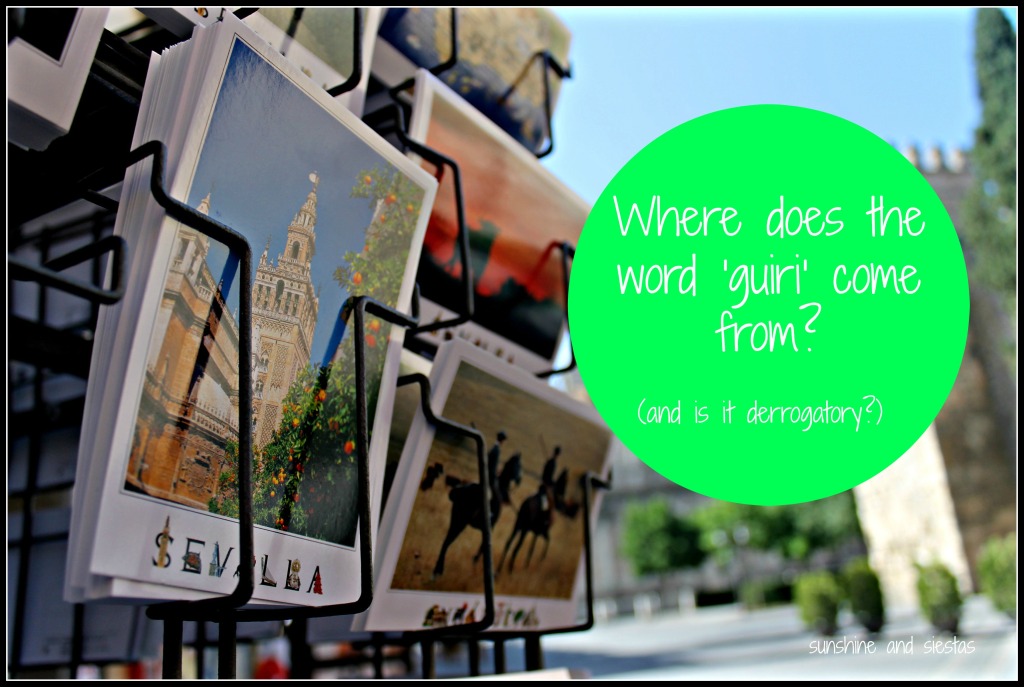
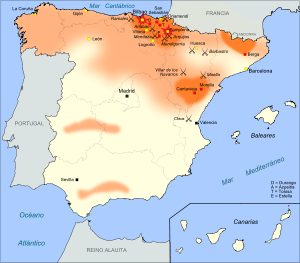


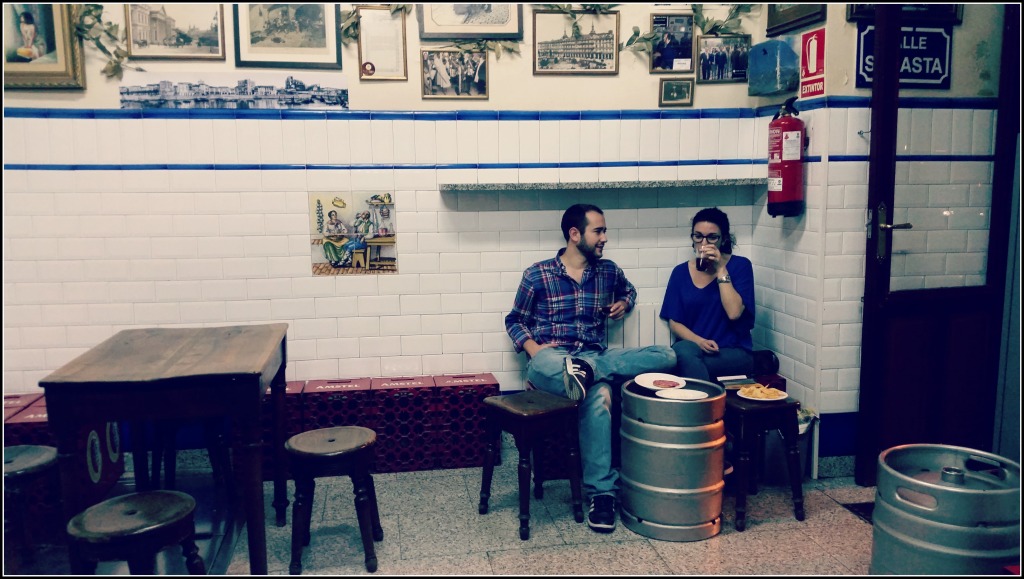
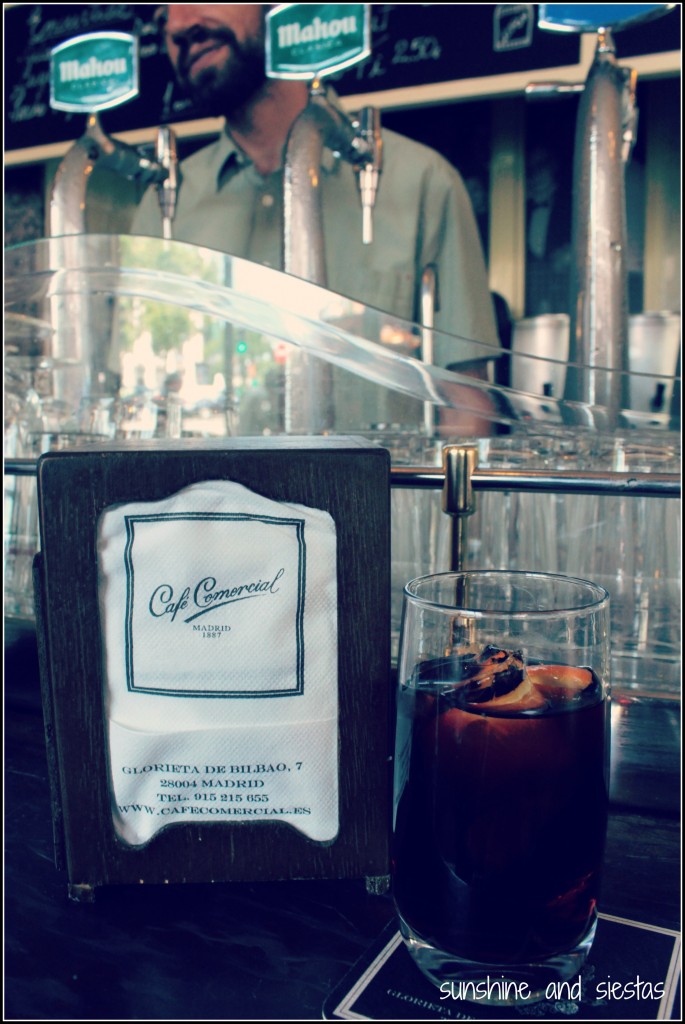
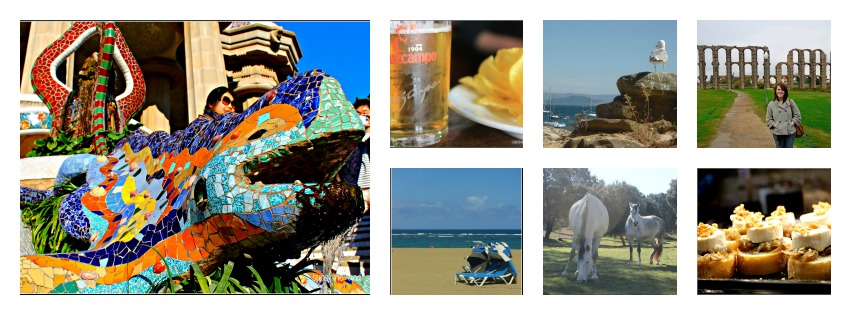
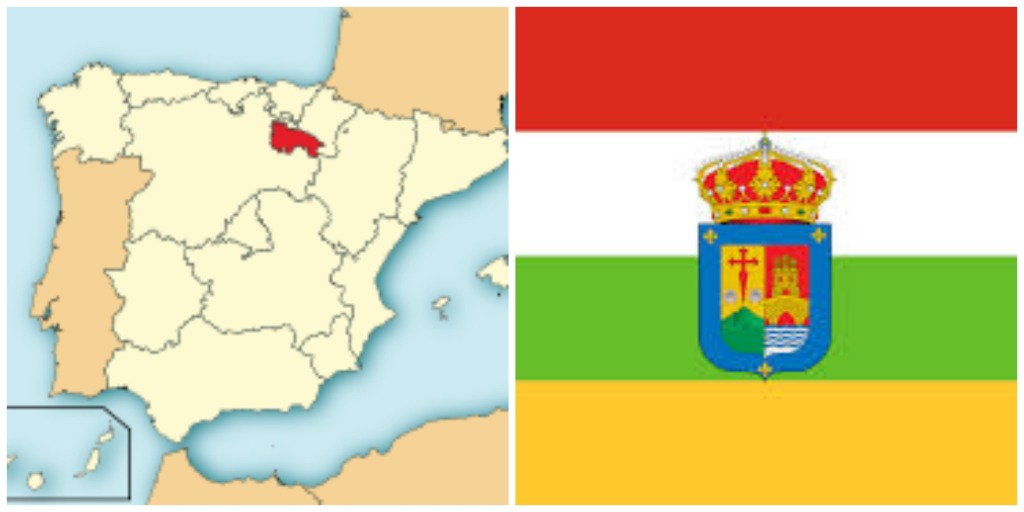


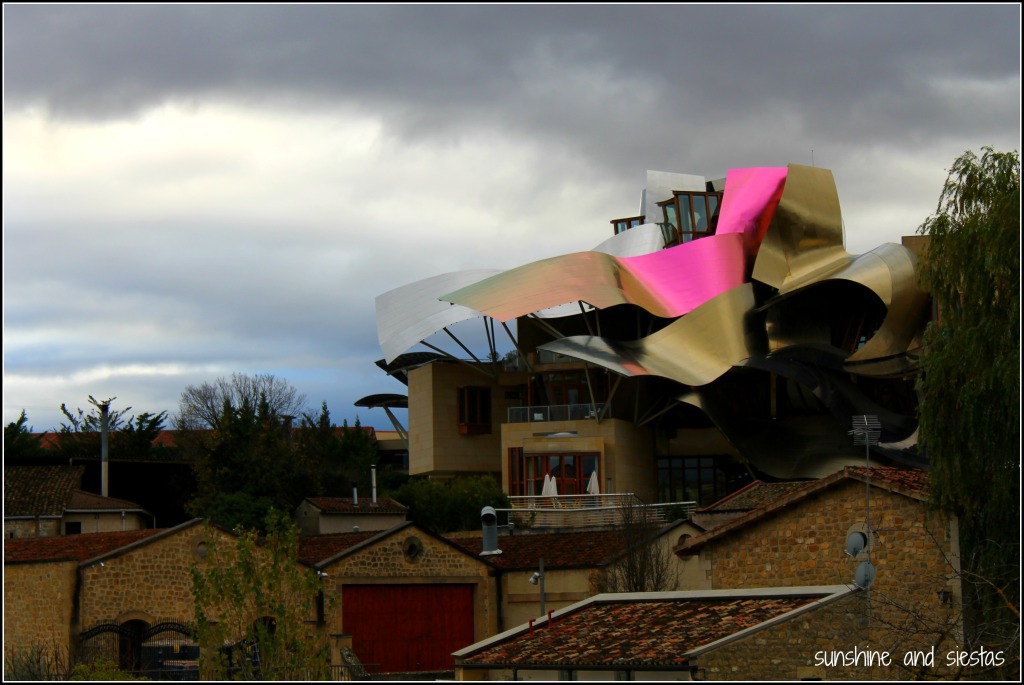
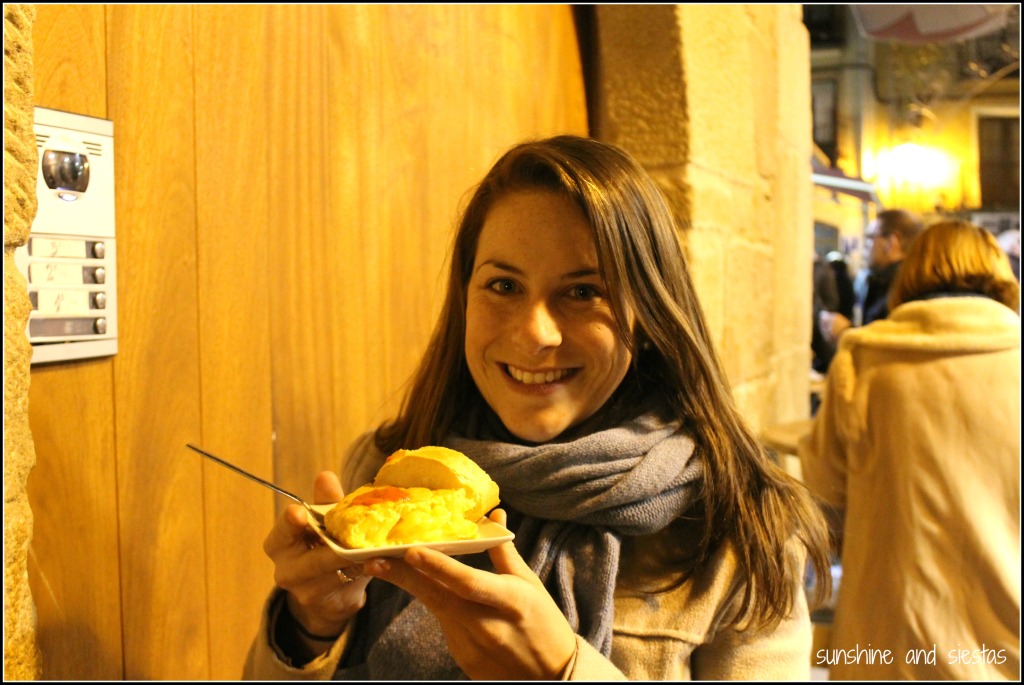
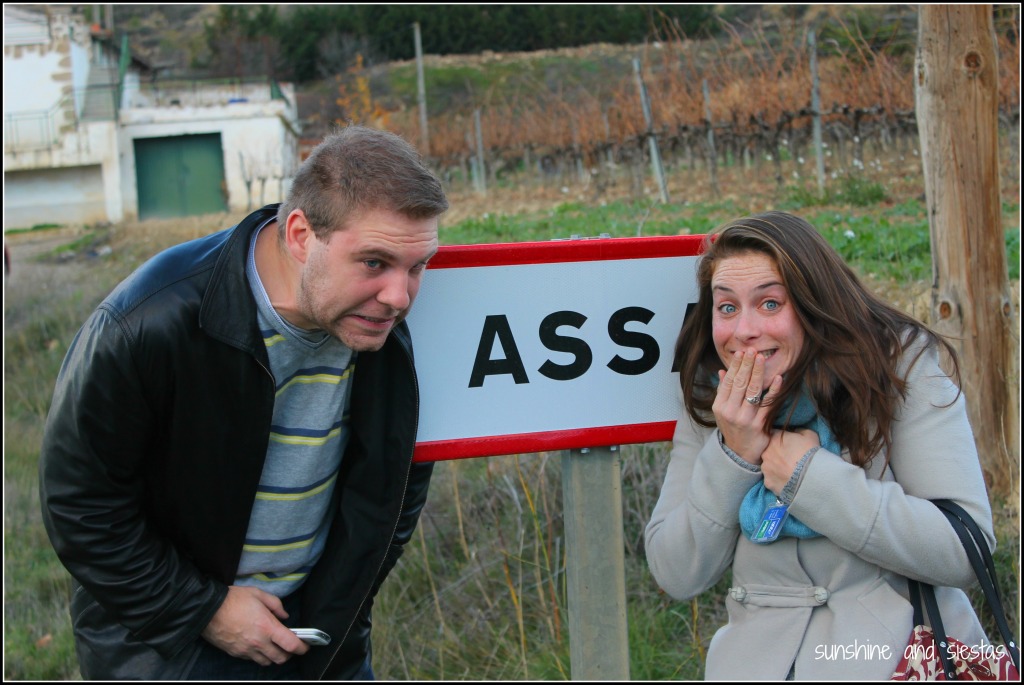


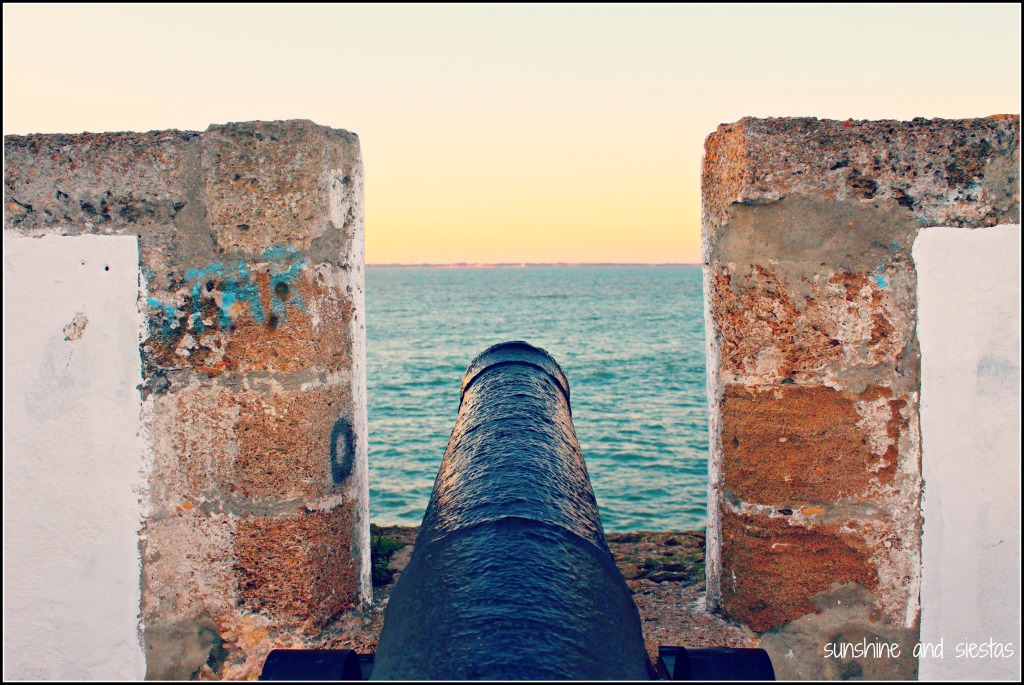
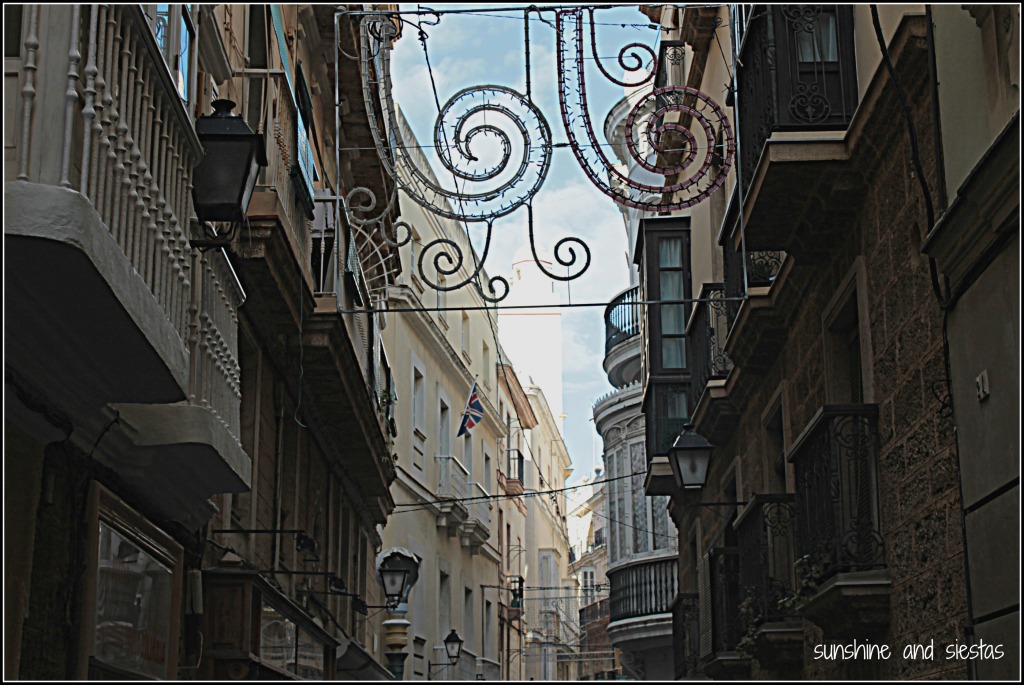

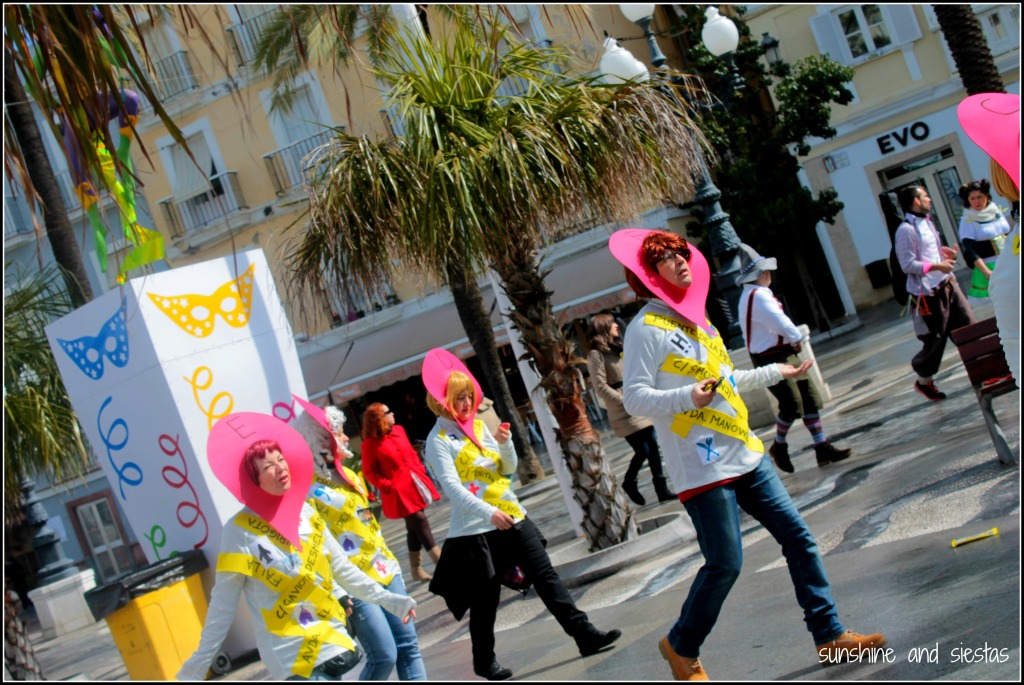
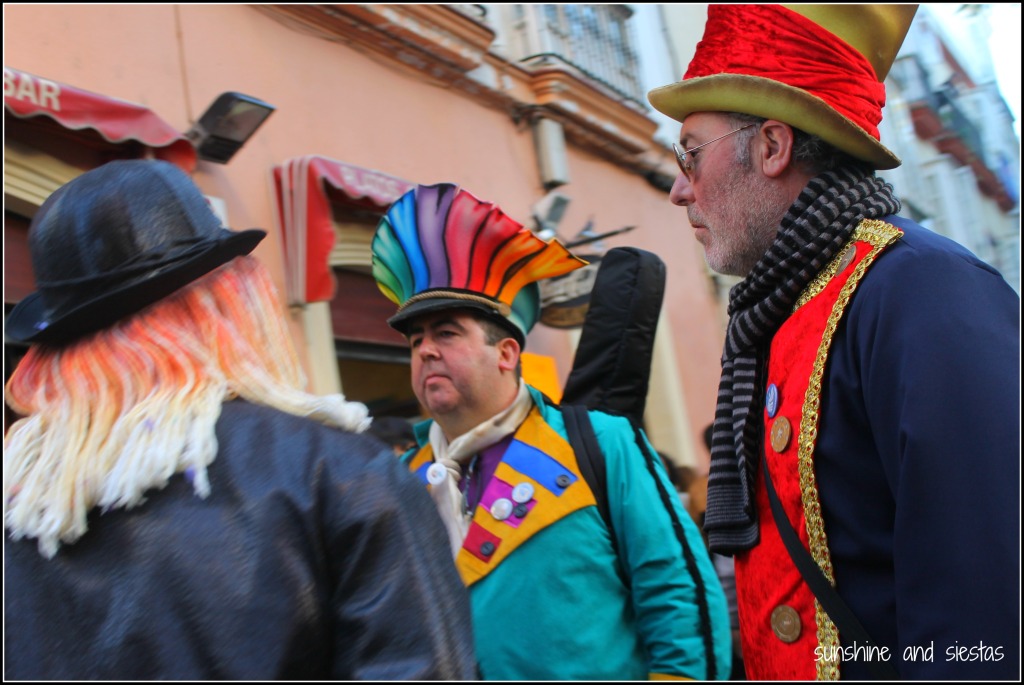
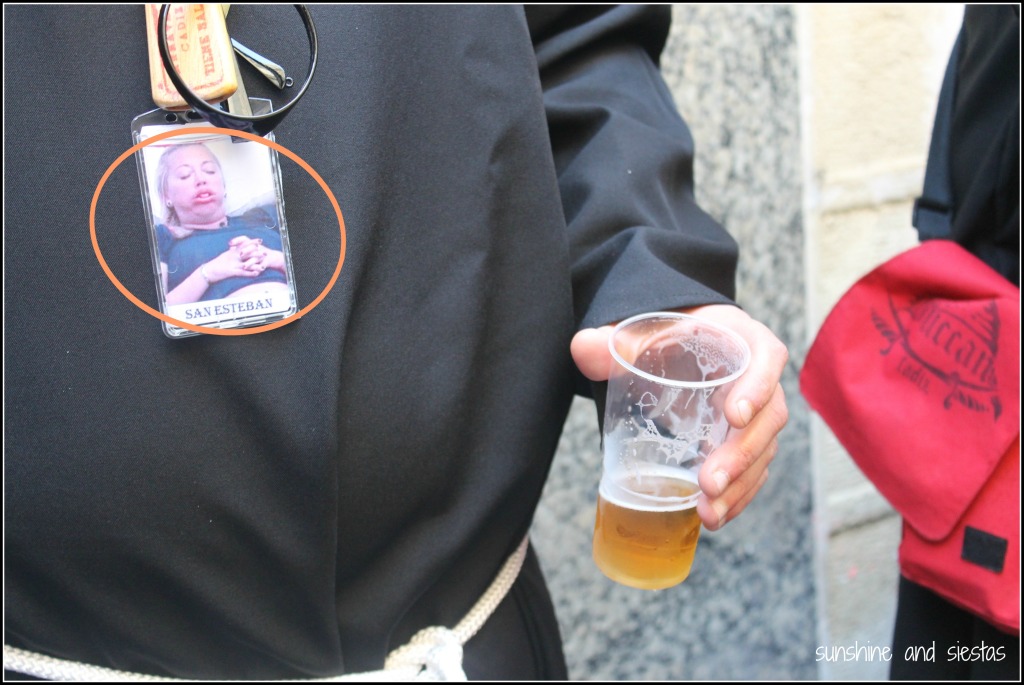
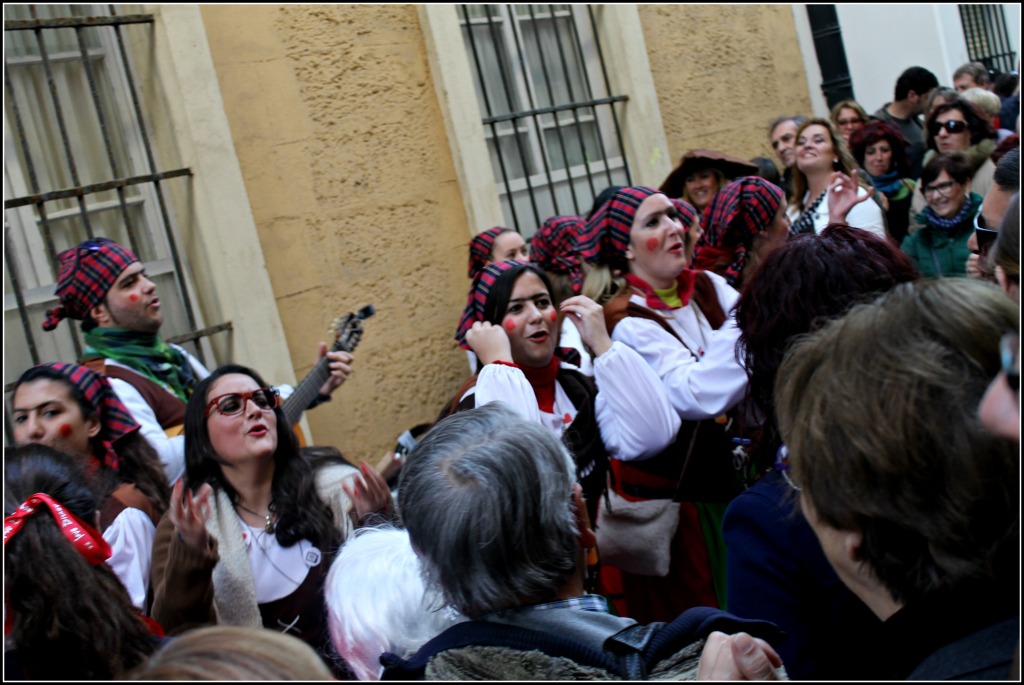

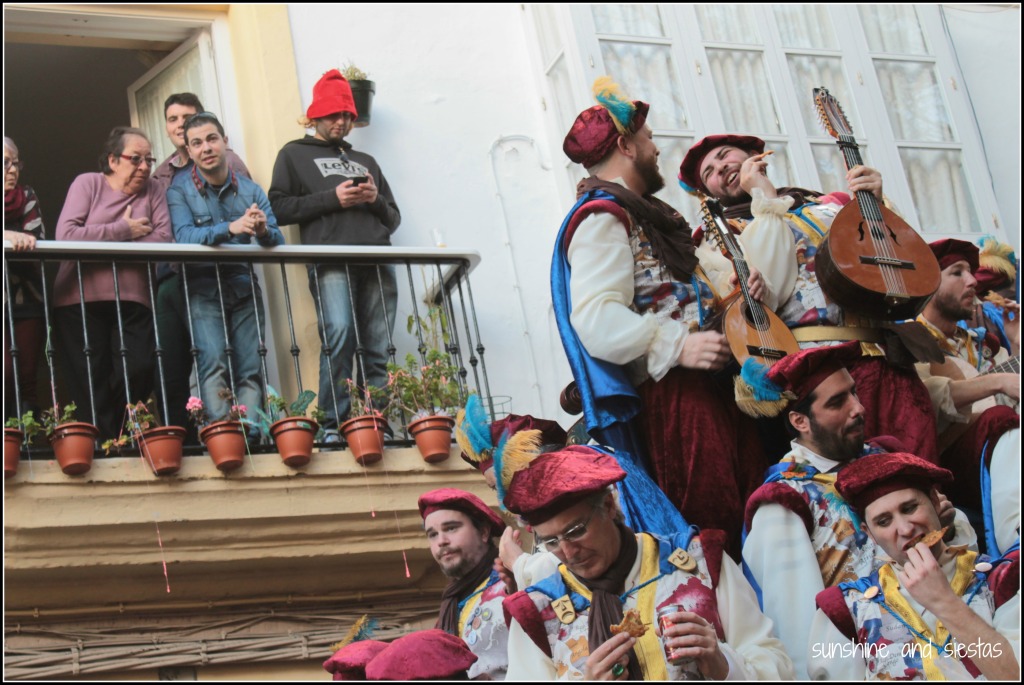
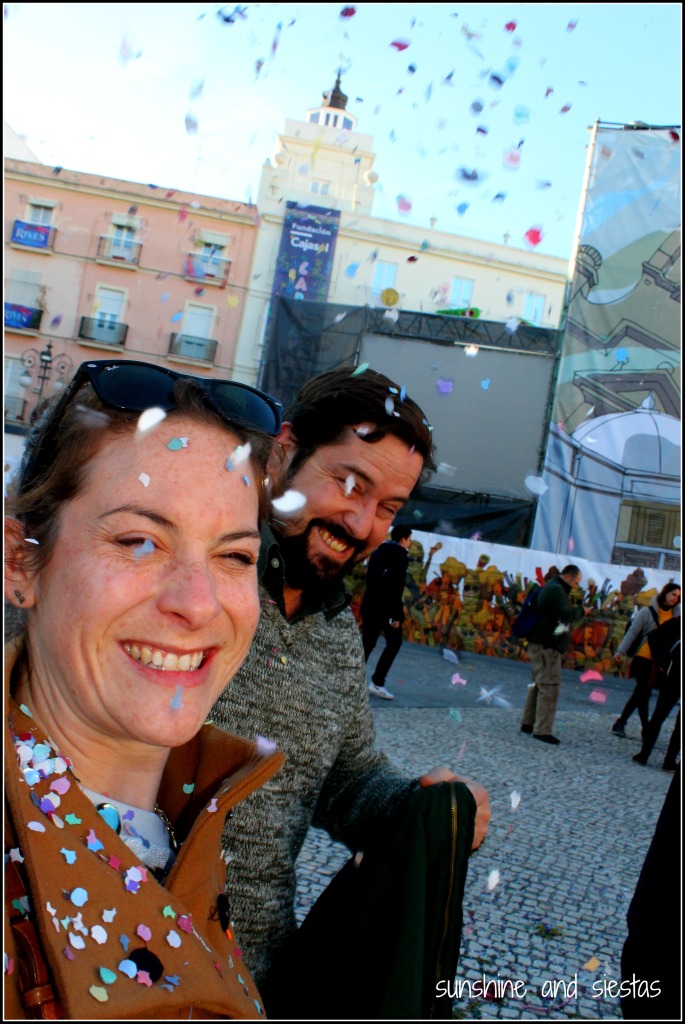

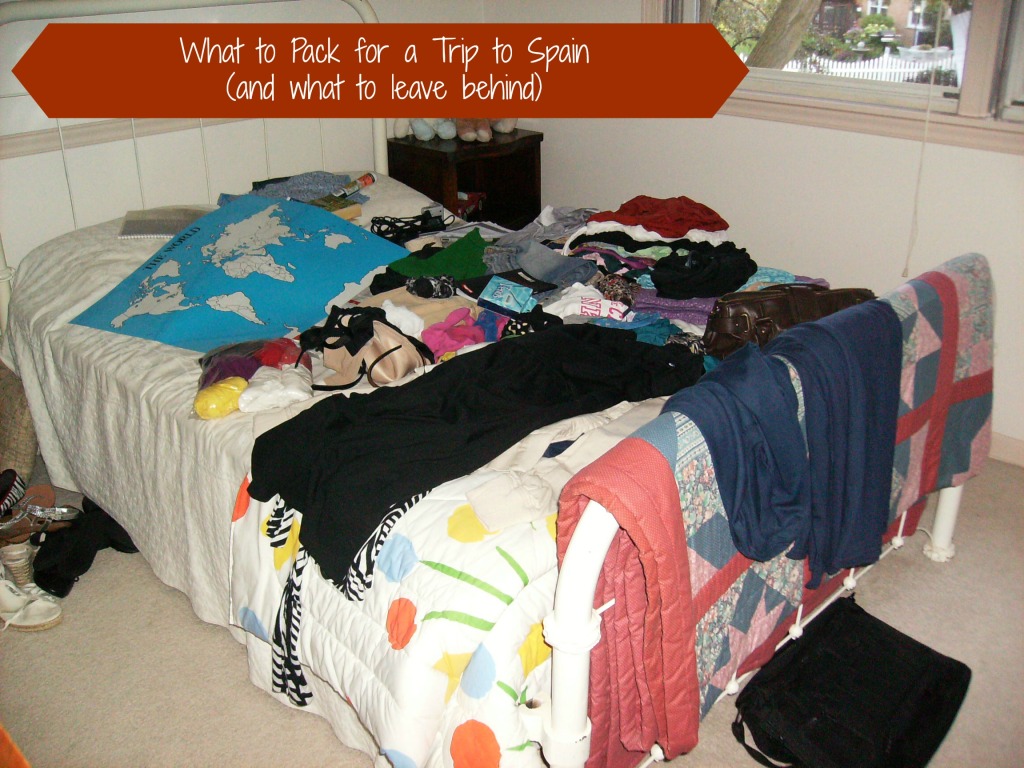
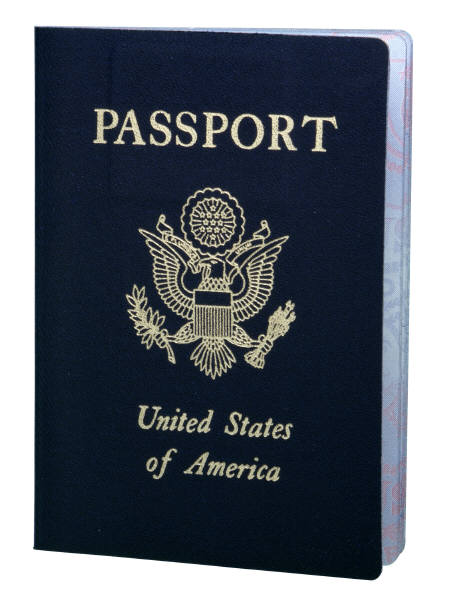

![]](http://sunshineandsiestas.com/wp-content/uploads/2012/11/karen-mccann-enjoy-living-abroad.jpg)
